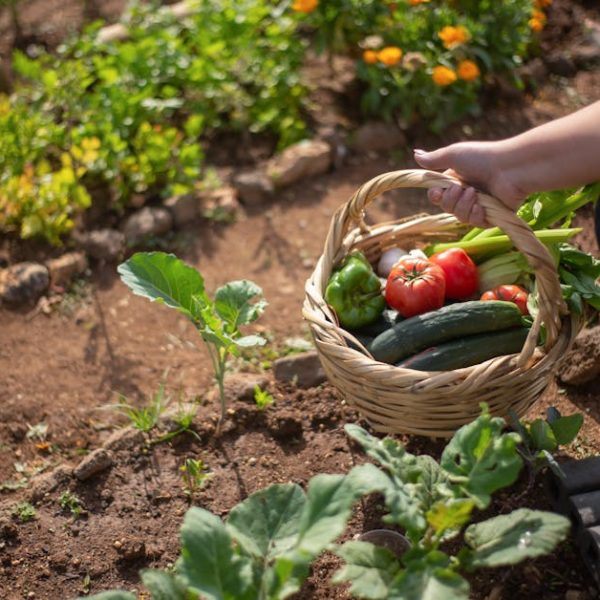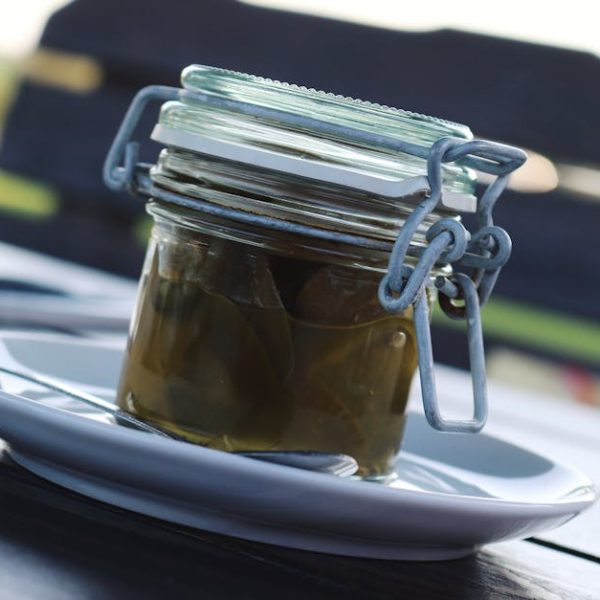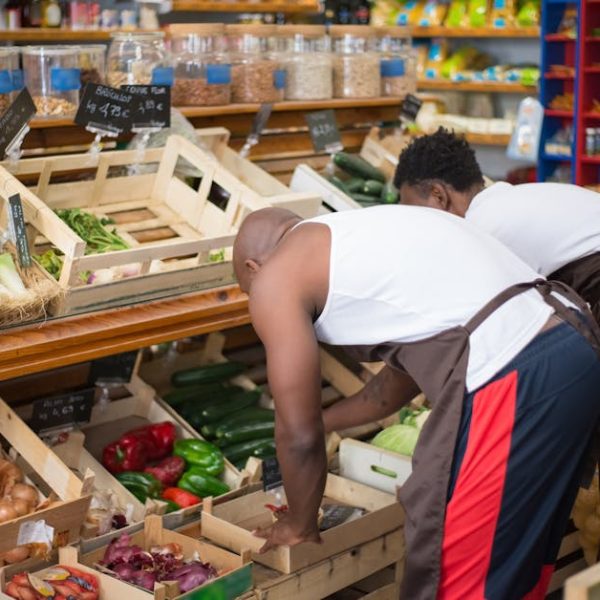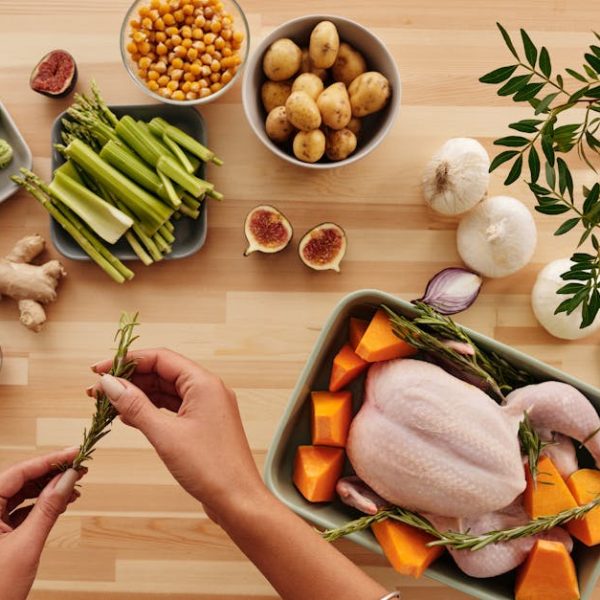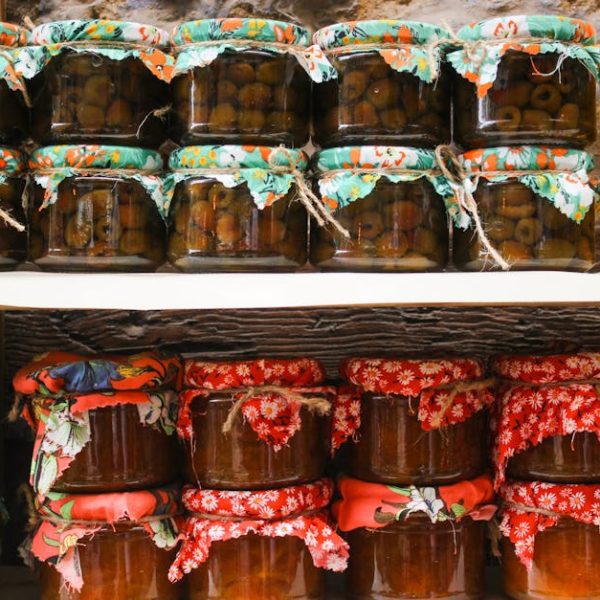Whether you’re an experienced home canner or a novice just getting started, the sweet, tangy taste of homemade applesauce can be your prize when you utilize the best practices in applesauce canning. If done correctly, preserving applesauce at home can give you a sweet-tooth satisfying delicacy ready to be used anytime throughout the year.
Selecting and Preparing Your Apples for Canning
The first step towards achieving delicious canned applesauce lies in selecting the right varieties of apples. While any apple variety can be used for canning, high-quality, fresh apples are usually the best. Some varieties to consider include the Golden Delicious, Fuji, or Gala apples due to their natural sweetness and strong apple flavor.
Preparing the apples is another important step. Be sure to clean, peel, core, and slice your apples to an appropriate size. Many people prefer to leave some skin on to enrich the nutrient content and color of the final product.
Pro Tip: Blending different apple varieties can create a unique flavor profile for your applesauce. For a tart and sweet combination, try mixing sweet Honeycrisp apples with tart Granny Smith ones.
The Cooking Process: Achieving Perfect Applesauce Consistency
There are two prominent methods for cooking your apples- stovetop simmering and slow cooking. Stovetop simmering involves cooking your apples in a covered pan on a stovetop, while slow cooking takes more time but often results in a smoother, richer applesauce.
The desired consistency of the applesauce is determined by how long you cook the apples and whether you choose to blend them or not. For chunky applesauce, cook until the apples are soft and then mash manually. For smoother applesauce, blend your cooked apples using a food processor or blender.
Best Practices: One secret to preventing your applesauce from sticking and burning during cooking is to add a little water or apple juice into the pot.
Addition of Sweeteners and Spices to Enhance Flavor
Adding sweeteners and spices is a way to personalize your applesauce to your liking. Sweeteners like sugar, honey, or maple syrup can be added at the beginning of the cooking process, or afterwards to taste.
When it comes to spices, cinnamon and nutmeg are noted favorites. Add these in small amounts at the end of the cooking process and adjust to taste.
Comparison: Each sweetener has its pros and cons. Sugar is the traditional sweetener and provides a basic sweetness. Honey introduces a floral subtlety, while maple syrup imparts a complex, rich flavor. For health-conscious individuals, opt for natural alternatives like stevia or agave nectar.
The Canning Process: Jars, Lids and Sealing
Once you have your desired applesauce, it’s now time for canning. This involves several steps:
- Sterilize your jars: Before filling, place your jars in a large pot of boiling water for at least 10 minutes to sterilize them, ensuring they’re free from any bacteria.
- Fill your jars: Pour your cooked applesauce into the sterilized jars, leaving about a ¼ inch of headspace at the top.
- Apply the lids and rings: Wipe the rim of the jar clean with a damp cloth and then place the lid on top. Screw on the ring until it is fingertip tight – not too tight but just enough to secure the lid.
- Seal your jars: Finally, process the jars in a water bath canner per manufacturer instructions. This will seal the jars and make them safe for long-term storage.
Checklist:
- Sterilize jars in boiling water
- Fill jars with applesauce, leaving appropriate headspace
- Wipe jar rims and apply lids and rings
- Process jars in a water bath canner to seal
Storage and Usage: Getting the Most Out of Your Canned Applesauce
Once your jars are properly sealed, they can be stored in a cool, dark place for up to 1 year. After opening, applesauce should be stored in the refrigerator and consumed within a week. If jars fail to seal, no worries! That just means you get to enjoy your delicious applesauce right away, or, you can try to reprocess within 24 hours.
What to do with your canned applesauce? It’s perfect as a stand-alone snack, for use in baking, or as an accompaniment for pork dishes. It’s even great stirred into yogurt or topped on pancakes!
Pro Tip: Jars failed to seal? Before reprocessing, check the jar rim for chips or cracks and replace with a new, sterile lid. Also, make sure you are not overtightening the lids – they need some give in order to form the vacuum seal.
To have homemade, flavorful applesauce anytime of the year, following these steps will ensure that you get the delicious results you want, every time! Happy canning!
Key Takeaway:
- Choosing fresh, high-quality apples and blending different apple varieties can enhance the taste of your homemade applesauce.
- The cooking process plays a significant role in defining the consistency of the applesauce. Adding a little water or apple juice prevents sticking and burning.
- Adding sweeteners and spices personalizes the flavor of applesauce. Sugar, honey or maple syrup are popular choices.
- Following a simple four-step canning process – sterilization, filling, application of lids and rings, and sealing ensures long-term storage of your canned applesauce.
- Your homemade canned applesauce can be safely stored up to a year and used in a wide range of dishes including baking recipes and pork dishes.
Canning applesauce at home might seem complicated initially, but it’s a rewarding experience that leads to heavenly, homemade delicacy. With informed choices of apple varieties, cooking methods, sweeteners and spices, you can achieve tempting canned applesauce at home anytime of the year. Remember, practice is key to mastering the art of canning!
FAQs
Q: Can I use overripe apples for canning applesauce?
A: While you can technically use overripe apples, they are likely to produce a more mushy consistency. For the best results, we recommend using fresh, high-quality apples.
Q: Which is the best method to cook apples for applesauce: Stovetop simmering or slow cooking?
A: Both methods work fine. However, slow cooking often results in a smoother, richer applesauce as it allows flavors to deepen over time.
Q: Can I skip adding sweeteners while making applesauce?
A: Yes, the use of sweeteners is completely optional. Some apple varieties are naturally sweet, eliminating the need for extra sweeteners.
Q: Why are my jars not sealing properly during canning?
A: There could be several reasons – the rim of the jar might be chipped or cracked, the lid might be defective, or the lid may have been overtightened. Make sure to check these points before reprocessing.
Q: Can canned applesauce be used as a substitute for fresh applesauce in recipes?
A: Yes, canned applesauce can be used as a direct substitute for fresh applesauce in most recipes.
We hope you enjoyed this article. Feel free to explore more posts on our website and share this article with your fellow canning enthusiasts!

